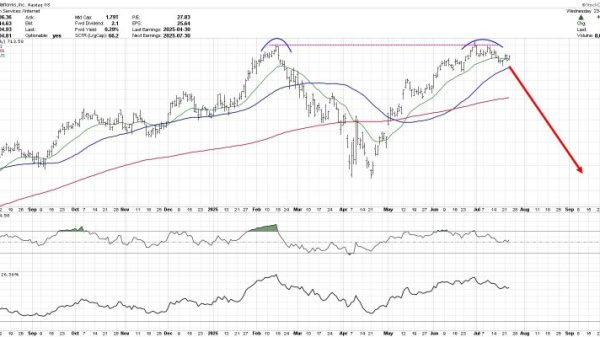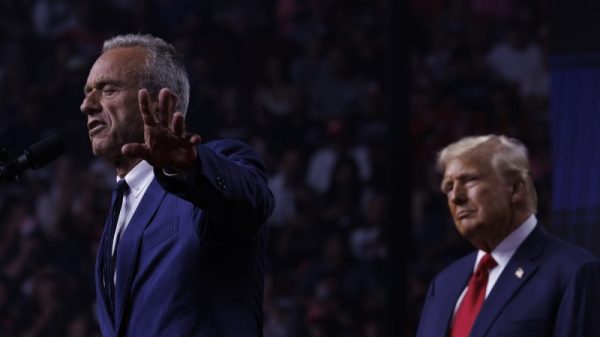It’s hard to imagine the president’s in-house health clinic as a rogue operation, but that’s the picture a Pentagon probe paints about the facility during the Trump administration.
The findings are clear and damaging.
“We found that the White House Medical Unit provided a wide range of health care and pharmaceutical services to ineligible White House staff in violation of Federal law and regulation and DoD policy,” says a new report from the Defense Department’s inspector general. “Additionally, the White House Medical Unit dispensed prescription medications, including controlled substances, to ineligible White House staff.”
Many of those served by the unit should not have been.
The report paints a scathing picture of the military-run facility with 60 medical personnel, who are tasked with treating the president, the vice president and the White House staff.
It also provides new context to systemic problems in a clinic that made headlines when Rep. Ronny Jackson (R-Tex.), who was Donald Trump’s personal doctor until 2018, was accused by almost two dozen colleagues of improper activities, including providing prescription drugs without proper paperwork — a habit that allegedly earned him the nickname “Candyman.” A 2021 Defense Department inspector general report later corroborated some of those claims, which Jackson denied and described as politically motivated.
Jackson’s office said he “had no association or involvement with the White House Medical Unit’s clinical delivery of care” during the period covered by the new Pentagon report, which does not mention him.
The new report includes pharmaceutical procedures from 2017 to 2019 and patient eligibility practices from 2018 to 2020. Neither the pharmacy nor the clinical operations were credentialed by an outside agency. During those periods, the unit served between nine and 30 patients each week. “However,” the inspectors wrote, “we discovered that an average of 6 to 20 of these patients per week” were not eligible for the care.
Of the numerous problems with the medical unit, one of the most disturbing is its cavalier approach toward narcotics, particularly when the nation is suffering from a devastating opioid addition crisis.
“All phases of the White House Medical Unit’s pharmacy operations had severe and systemic problems,” the inspectors found. It stocked four opioid pain medications: fentanyl, hydrocodone, morphine and oxycodone. But the pharmacy protocols were so poor that they “increased the risk for the diversion of controlled substances” to illicit use.
For example, controlled medications, including sleeping pill Ambien and stimulant Provigil, were dispensed “without verifying the patient’s identity.” A witness told investigators “Dr. [X] asked if I could hook up this person with some Provigil as a parting gift for leaving the White House … in the unit, it was authorized for us to do that kind of stuff.”
Notably, “the Military Health System senior leaders did not oversee the White House Medical Unit’s pharmacy operations,” according to the inspectors. Shoddy administration heightened dangers for “prescribing errors and inadequate medication management, increasing the risk to the health and safety of patients treated within the unit.”
White House medical officials argued to inspectors that the clinic doesn’t have a true pharmacy because of its size and the lack of a full-time pharmacist. But despite “a smaller number of pharmaceutical tasks,” the report said, “those tasks entail the full universe of pharmaceutical operations.”
Even clandestine surgery was available.
Aliases were used “to provide free specialty care and surgery to ineligible White House staff members at military medical treatment facilities,” according to the report. Former staffers told the inspectors that an ineligible White House employee received free elective surgery and that “the unit altered practices to cater to high‑ranking officials.”
One staffer said “we bent the rules to meet this very weird, strange culture that was there, and I think it was really to just impress people.”
The White House referred questions about the report to the Pentagon. The Trump presidential campaign, people affiliated with the Trump administration and Defense Department officials did not respond to requests for comment.
The Pentagon accepted all the inspector general’s recommendations to improve White House Medical Unit operations, including developing procedures to better manage medications and patient eligibility.
When asked about possible crimes related to the findings, a Pentagon spokeswoman responded like an FBI official, saying, “We do not confirm or deny criminal investigations.”
The investigation began in 2018, following complaints about “improper medical practices” by an unnamed senior military officer. That led to interviews with more than 120 officials and a review of more than 200 documents. Finally, almost six years later, the report was released this month after “a draft of this report was under review by the White House Military Office from May 2020 to July 2023,” during the Trump and Biden administrations, said Deputy Inspector General Michael J. Roark’s memorandum accompanying the report.
Good leadership was absent without leave. Medical unit leaders, who are not named in the report, were there, but they were part of the problem, causing more-diligent employees to flee.
“Senior leaders directed eligibility practices that did not comply with DoD guidance,” the report said. “Multiple former White House Medical Unit medical providers stated that they requested an early departure from the unit due to the unit’s practices.”
Reacting to the report’s “disturbing findings,” Sen. Jack Reed (D-R.I.), chairman of the Senate Armed Services Committee, said, “I am concerned by the lapse in procedure within the military’s White House Medical Unit, and I concur with the OIG’s recommendations to prevent this from happening again.”



























